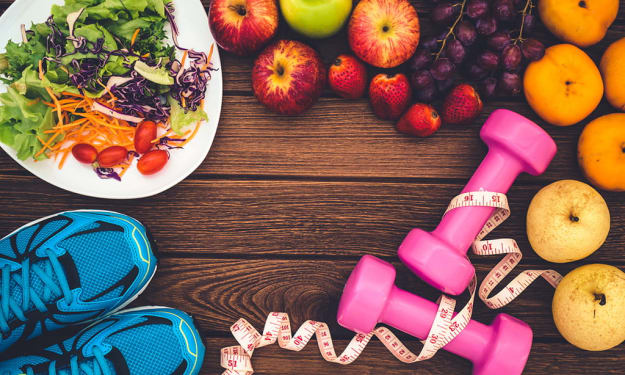Feel Good Fitness
The Benefits of Stretching and Why It Feels Good

Feel Good Fitness
Feel good fitness is a term that refers to exercises or physical activities that promote physical and mental well-being. It includes any form of exercise that provides a positive experience and helps individuals to feel good about themselves.
Examples of feel good fitness activities include yoga, Pilates, dancing, hiking, swimming, cycling, and running. These activities not only benefit physical health but also contribute to mental health by reducing stress, improving mood, and increasing self-confidence.
Feel good fitness is important for individuals of all ages and fitness levels. Engaging in regular physical activity is essential for maintaining a healthy weight, reducing the risk of chronic diseases, and improving overall quality of life.
It's important to remember that everyone's idea of feel good fitness may differ, and it's important to find an activity that you enjoy and that works for you. The key is to find a balance between challenging yourself and enjoying the activity.
Are Rest Days Important for Exercise?
Yes, rest days are essential for exercise. While exercise is an essential component of a healthy lifestyle, it's equally important to give your body enough time to rest and recover between workouts.
During exercise, your muscles undergo stress and micro-tears, which then leads to muscle growth and strengthening during the recovery phase. However, without adequate rest and recovery, your muscles won't have enough time to repair themselves and could lead to overuse injuries or chronic fatigue.
Rest days can also help prevent burnout and improve overall exercise performance. Taking a day or two off can help reduce physical and mental stress, which can lead to better concentration, mood, and motivation.
In summary, rest days are crucial for exercise as they allow your body to recover and repair, prevent injury, and improve performance.
The Benefits of Restorative Yoga and Poses to Try
Restorative yoga is a type of yoga that focuses on relaxation and rest, rather than physical activity or exercise. It uses props such as blankets, blocks, and straps to support the body in comfortable and passive poses, which can help relieve stress, tension, and fatigue. Here are some of the benefits of restorative yoga and some poses to try:
Reduces stress and anxiety: Restorative yoga can help activate the relaxation response in the body, which can reduce stress and anxiety levels.
Improves sleep: Restorative yoga can help improve the quality of sleep, by calming the nervous system and promoting relaxation.
Relieves tension and pain: Restorative yoga poses can help release tension and pain in the body, especially in the neck, shoulders, and lower back.
Boosts immunity: Restorative yoga can help boost the immune system, by reducing stress levels and promoting relaxation.
Enhances flexibility: Restorative yoga can help enhance flexibility, by gently stretching and releasing tension in the muscles.
Here are some restorative yoga poses to try:
Supported Child's Pose: Place a bolster or a stack of blankets on the floor and kneel in front of it. Fold forward over the bolster or blankets, resting your forehead on the support. Extend your arms out in front of you or rest them by your sides. Hold for 3-5 minutes.
Legs-Up-The-Wall Pose: Sit with one side of your body against a wall. Swing your legs up the wall as you lie back on the floor. Rest your arms by your sides or place your hands on your belly or chest. Hold for 5-10 minutes.
Supported Bridge Pose: Lie on your back with your knees bent and your feet flat on the floor. Place a block or a bolster under your hips. Rest your arms by your sides. Hold for 3-5 minutes.
Reclined Bound Angle Pose: Lie on your back with your knees bent and your feet flat on the floor. Bring the soles of your feet together and let your knees fall open to the sides. Place a bolster or a stack of blankets under your back and head for support. Rest your arms by your sides. Hold for 5-10 minutes.
Supported Shoulder stand: Lie on your back with your knees bent and your feet flat on the floor. Lift your hips and place a block or a folded blanket under your hips. Straighten your legs up towards the ceiling and place your hands on your lower back for support. Hold for 3-5 minutes.
Remember, in restorative yoga, the goal is to relax and release tension, so listen to your body and don't push yourself too hard. It's okay to use more or less props to find the right level of support for your body.
About the Creator
Enjoyed the story? Support the Creator.
Subscribe for free to receive all their stories in your feed. You could also pledge your support or give them a one-off tip, letting them know you appreciate their work.





Comments
There are no comments for this story
Be the first to respond and start the conversation.